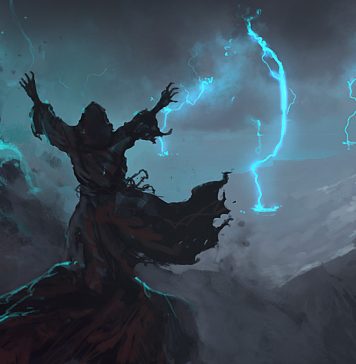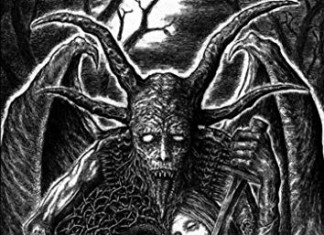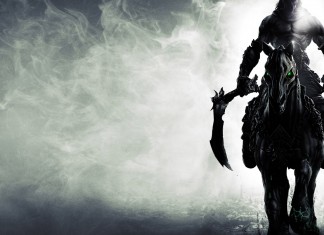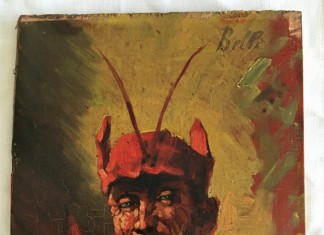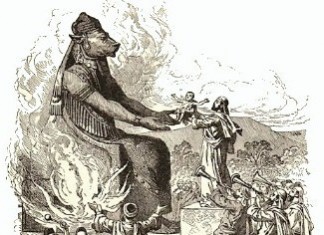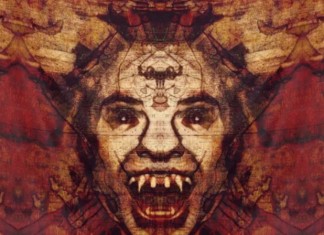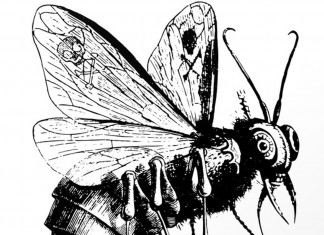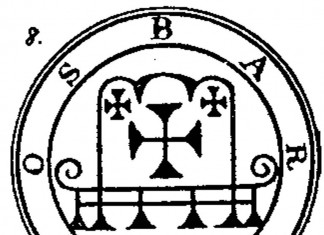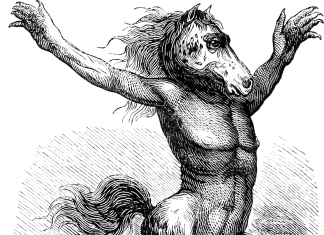Few things hold the imaginings of the religious and superstitious like the idea of demons. Demons are beings that are often seen as malevolent that can be found in religion, in literature, mythology, and folklore. They are most commonly found in the religions of Judaism, Christianity and Hinduism. Demons are believed to have originated from one of four different things: the deaths of wicked men and demons are their unresting spirits, the spirits of a race of beings from before humanity, spirits from the unions of Nephilim and human women, or they are the fallen angels that were cast our of heaven when Satan waged war against God.
Classifications of Demons
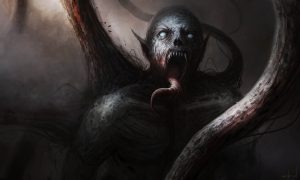
There have been nine classifications of demons by area of activity and knowledge. These include The Testament of Solomon, Psellus’ classification of demons, The Lanterne of Light’s classification of demons, Spina’s classification of demons, Agrippa’s classification of demons, Binsfeld’s classification of demons, King James’ classification of demons, Michaelis classification of demons including all three hierarchies, and Barrett’s classification of demons. The Lanterne of Light was the first to connect a specific demon to each of the seven deadly sins: Lucifer with pride, Beelzebub with gluttony, Sathanus with wrath, Leviathan with envy, Mammon with greed, Belphegor with sloth, and Asmodeus with lust. Binsfeld’s classification a century and a half later varied slightly with Satan as wrath. You can read more about Demons here: https://astronlogia.com/occult/
Demon Types
Spina created classifications of type: demons of fate, goblins, incubi, succubi, familiars, drudes, cambions, and mischievous demons. King James indentified four groups of demons: the spectra who trouble houses and solitary places, the obsessions which follow and trouble people, possessions which enter the person to trouble them, and fairies which are spirits that prophesy, consort, and transport people. Agrippa identified a demon for each of the cardinal points: Oriens for the East, Paymon for the West, Egyn for the North,, and Amaymon in the South as well as adding the classifications of false spirits, spirits of lying, vessels of iniquity, jugglers, airy powers, furies, sifters, and tempters. Barrett expanded on this by claiming a ‘prince’ was in control of these categories:
- Beelzebub, Prince of False Gods and Ruler of Idolaters
- Pythius, Prince of Lying Spirits and Ruler of Liars
- Belial, Prince of Iniquity and Ruler of Those Who Invent Evil Things
- Asmodeus, Prince of the Revengers of Wickedness
- Satan, Prince of Imitation of Miracles and Ruler of witches and warlocks
- Merihem, Prince of Aerial Powers and Ruler of Pestilence
- Abbadon, Prince of Furies and Ruler of those who Sow Discord
- Astaroth, Prince of Calumniators, Ruler of those who make False Accusations
- Mammon, Prince of Maligenii, Ruler of the Tempters and Ensnarers
Perhaps the most in depth classification by domain is that of Sebastien Michaelis who wrote the book Admirable History which he claimed was told to him by the demon Berith. He divided them into three heirarchies based on what they had been in heaven before they were cast out. The first hierarchy was for angels classifed as Seraphim, Cherubim, and Thrones, the second for Powers, Dominions, and Virtues, and lastly Principalities, Archangels, and Angels. Within these hierarchies he then identified them by the sin they will tempt someone to commit, as well as the saint that stands in opposition to them.
Demon Ranks
The classifications of demons by office, rank or title are The Book of Abramelin, Le Livre des esperitz, Le Dragon Rouge, Pseudomonarchia Daemonum, The Lesser Key of Solomon, The Ars Goetia, Dictionnaire Infernal, and the Satanic Bible. These sorts of books all held not only lists of demons, their ranks in Hell, and number of demons under their command, but many also included ways to bind them to your will or enter into pacts with them. The Dictionnaire Inferal is particularly popular and has the demonic ranks listed out as though they are a European court with Princes, Dignitaries, Ministers and other governmental distinctions.
In general, it is believed that there are nine main categories of demons: False Gods, Lying Spirits, Iniquitous Spirits, Vengeful Spirits, Deluding Spirits, Creators of Storms, The Furies (the powers of evil, war and discord), Accusers, and Tempters. The most common types of demons include: archdemons, familiars, goblins, gorgons, imps, incubi, jinn, poltergeists, and succubi.







